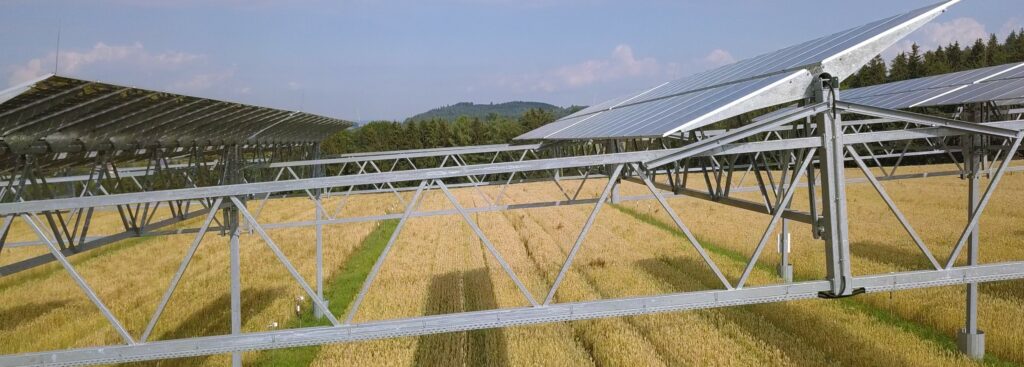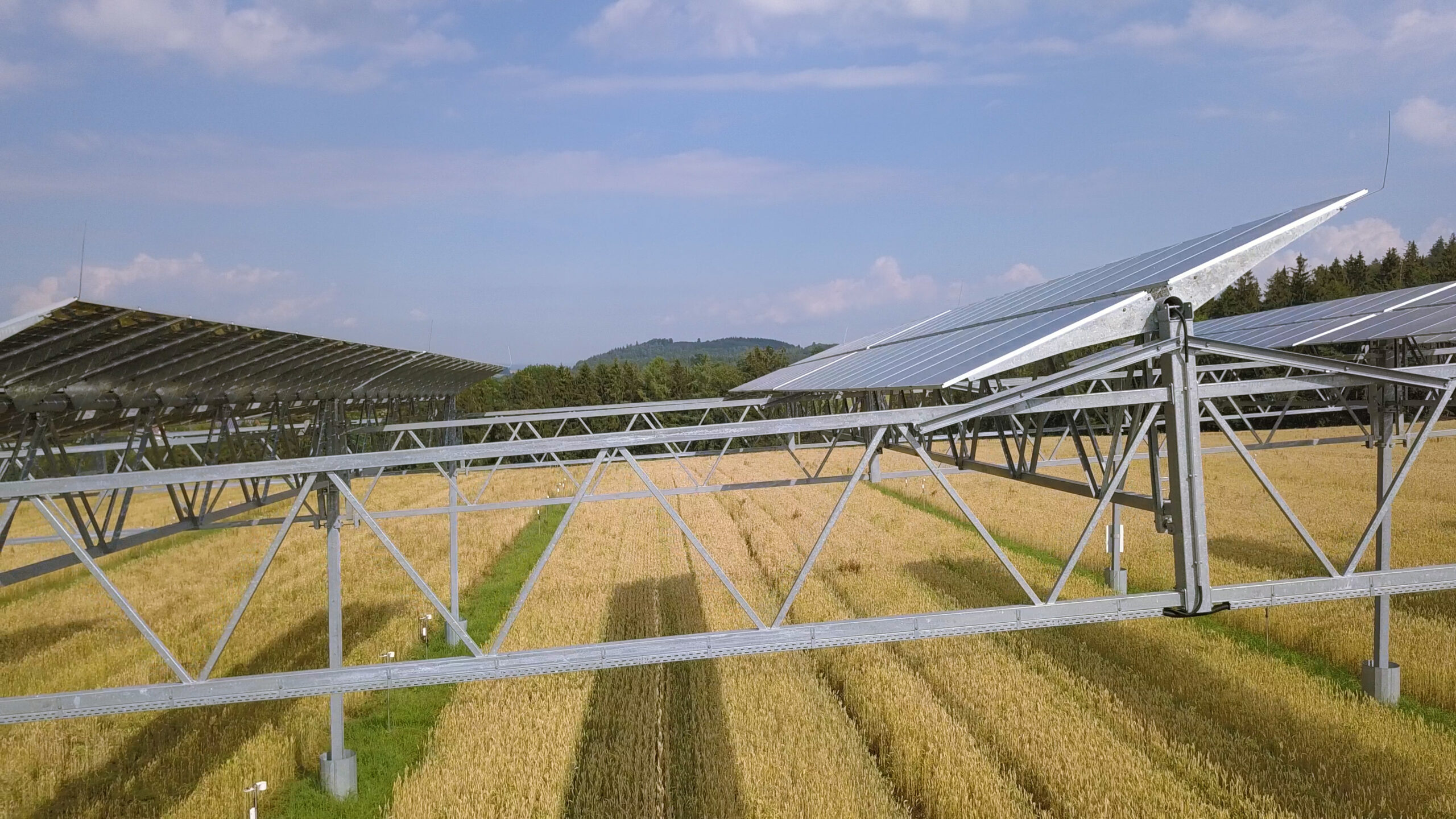This issue of WaterWednesday is mostly written by RICHMOND KULEAPE. Richmond is a dedicated researcher currently working at the Fraunhofer-Institut für Solare Energiesysteme ISE since March 2023. Prior to this, he served as a Visiting Doctoral Researcher at the Karlsruher Institut für Technologie (KIT) starting from September 2022. Alongside his academic pursuits, Richmond is actively involved as a Volunteer Energy Systems Consultant for TU eMpower Africa e.V. since October 2021. His commitment to renewable energy systems and sustainable development is evident through his ongoing contributions to various projects.
🌡🌾 Climate Change, Agriculture & Excessive Land Consumption
To tackle climate change, we need to get rid of fossil energy sources and swith to renewables like solar. To meet the demand, we need more and more areas covered by solar. A growing food requirement by a growing world population, also needs lots more land. To minimize excessive land consumption, this weeks topic aims at coupling both food and energy production on the same footprint:

🌤🔌🌽 Agrivoltaics for Water Management
Agrivoltaics is an innovative approach that combines agriculture and solar photovoltaic (PV) systems, allowing for the simultaneous use of land for both food production and solar energy generation. By integrating solar panels with agricultural practices, agrivoltaics offers several benefits related to water management. Firstly, it reduces water consumption by providing shade to crops, thus reducing evaporation and maintaining soil moisture. Secondly, it allows for the capture and reuse of rainwater by incorporating rainwater harvesting systems within the solar arrays. Finally, agrivoltaics helps mitigate the impacts of drought by minimizing water stress on crops through the shading effect of the solar panels.
The panels installed above the crops provide shading and thus reduce the heat stress of the plants and evapotranspiration and increasing soil moisture and irrigation water-use efficiency. Furthermore, the plants create a cooling microclimate, increasing the efficiency of the photovoltaic panels. Crop yield can be further increased through adaptation of crop selection, e.g., in favor of shade tolerant plants, and the distance between the solar arrays to the biophysical site conditions. Optionally, the surfaces of the photovoltaic panels can be used for rainwater harvesting allowing improved water management on-site.

Benefits of Agrivoltaics for Water Management:
☔ Water Conservation: The shade provided by solar panels reduces evaporation, minimizing water loss and preserving soil moisture.
🌧 Rainwater Harvesting: Agrivoltaics systems can incorporate rainwater collection and storage, allowing for the efficient utilization of rainfall for irrigation purposes.
🏜 Drought Mitigation: By reducing water stress on crops through shading, agrivoltaics helps mitigate the impact of droughts on agricultural productivity.

🗺 Case Study 1 – Hegelbach Agrivoltaic, Germany
The Hegelbach Agrivoltaic research plant is a 194kWp project was designed within a holistic concept of a Demeter farm concept which has been examining integrated energy systems since 2003. The test crops grown were potatoes, winter wheat, clover/grass mixture and celery. Currently, three dominant Agrivoltaic designs exist in the market this includes, overhead, interspaced and vertical arrangements, the installed system at Hegelbach is an overhead system. Although the system was considered expensive compared to the same installed ground mounted PV system without crops, Land productivity increased to 185 % per hectare and the design enabled use of large agricultural machineries, enabled light homogeneity and increased module bifacial gain. For water management support, the solar panels providing shade to the crops and reduced water requirements. The shading effect of the solar panels helped to preserve soil moisture and protect the crops from excessive heat, resulting in improved water-use efficiency and enhanced crop health quality.

🗺 Case Study 2: Agrivoltaics Water Harvester, Algeria
Fraunhofer ISE in collaboration with Djilali Bounaama University had implemented a first of its kind water-energy-food agrivoltaics in the African region. The modules are oriented in a V-shape, designed to apply integrated rainwater harvesting mechanism. The water harvested is used for farm activities and the energy is used in a hydroponic greenhouse. Also, relative to a reference farm, potatoes and strawberries yield in the agrivoltaic system showed evidence of increase harvest.
Acknowledgement
Thanks to Riochmond for the informative issue of this #WaterWednesday 💧, you can find him on LinkedIn here: RICHMOND KULEAPE

Comments are closed